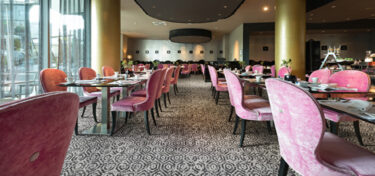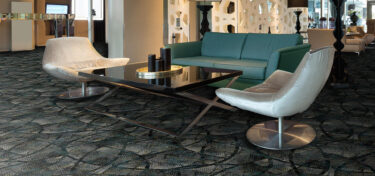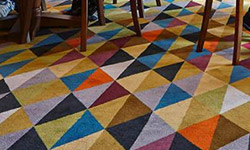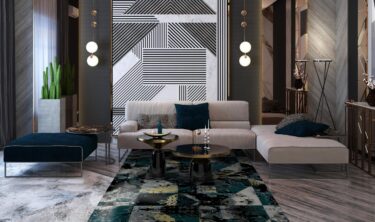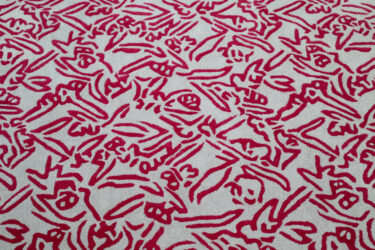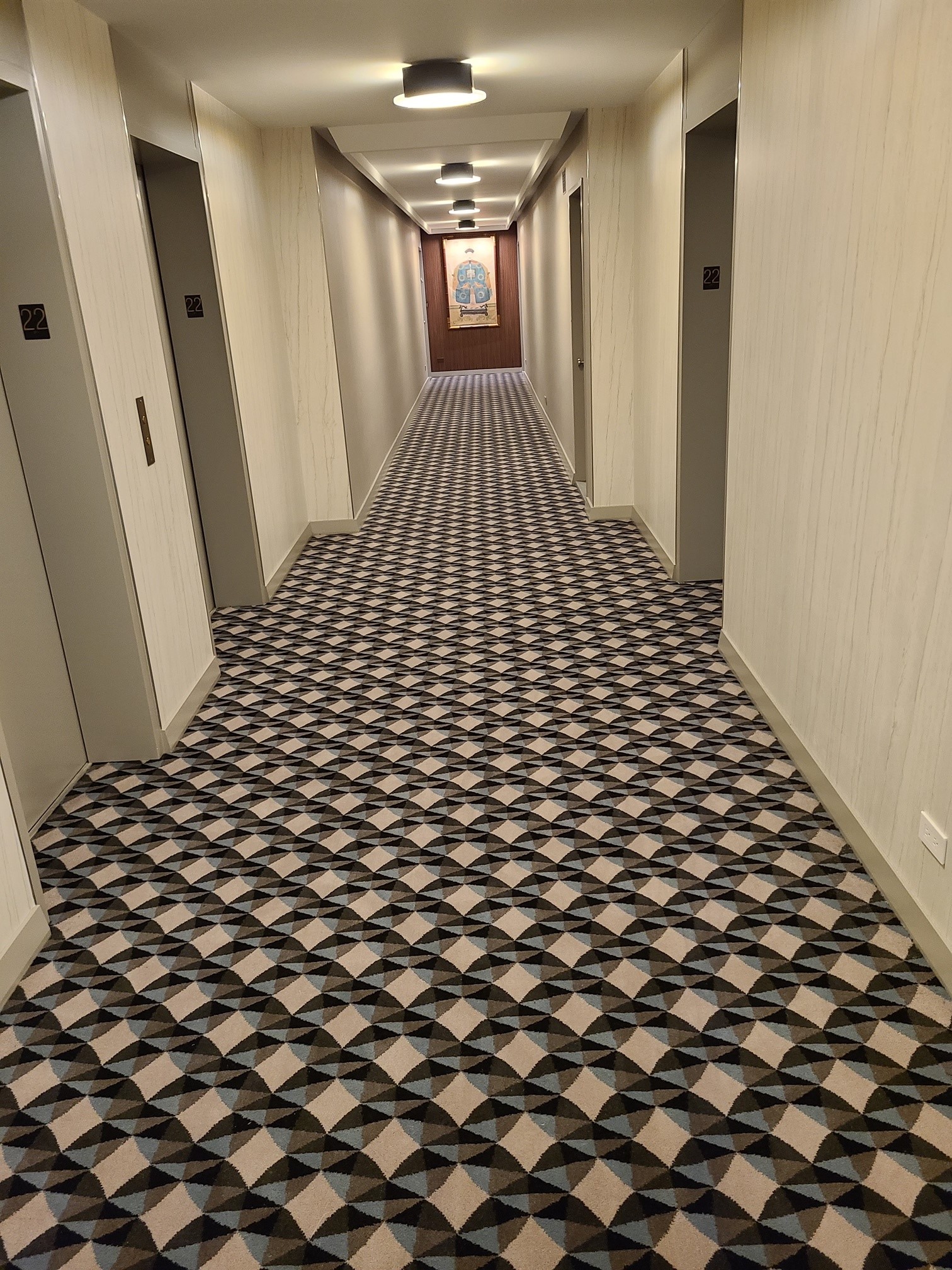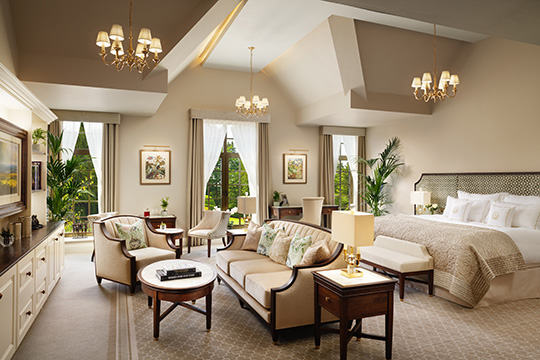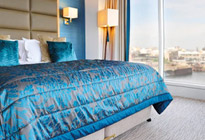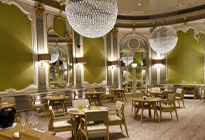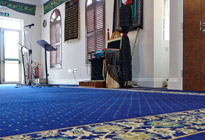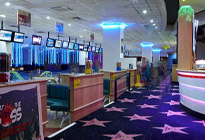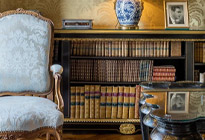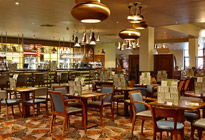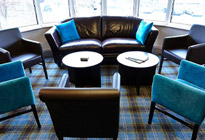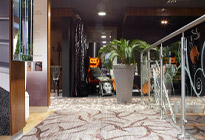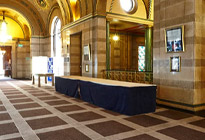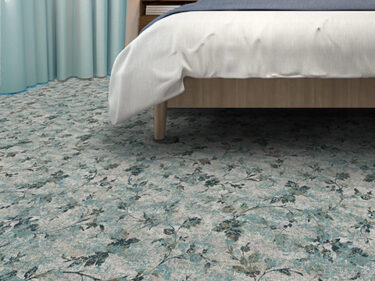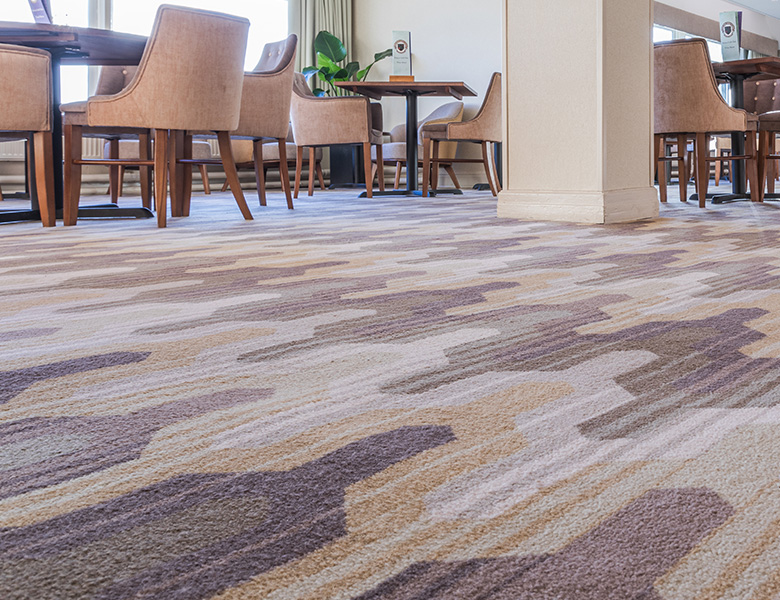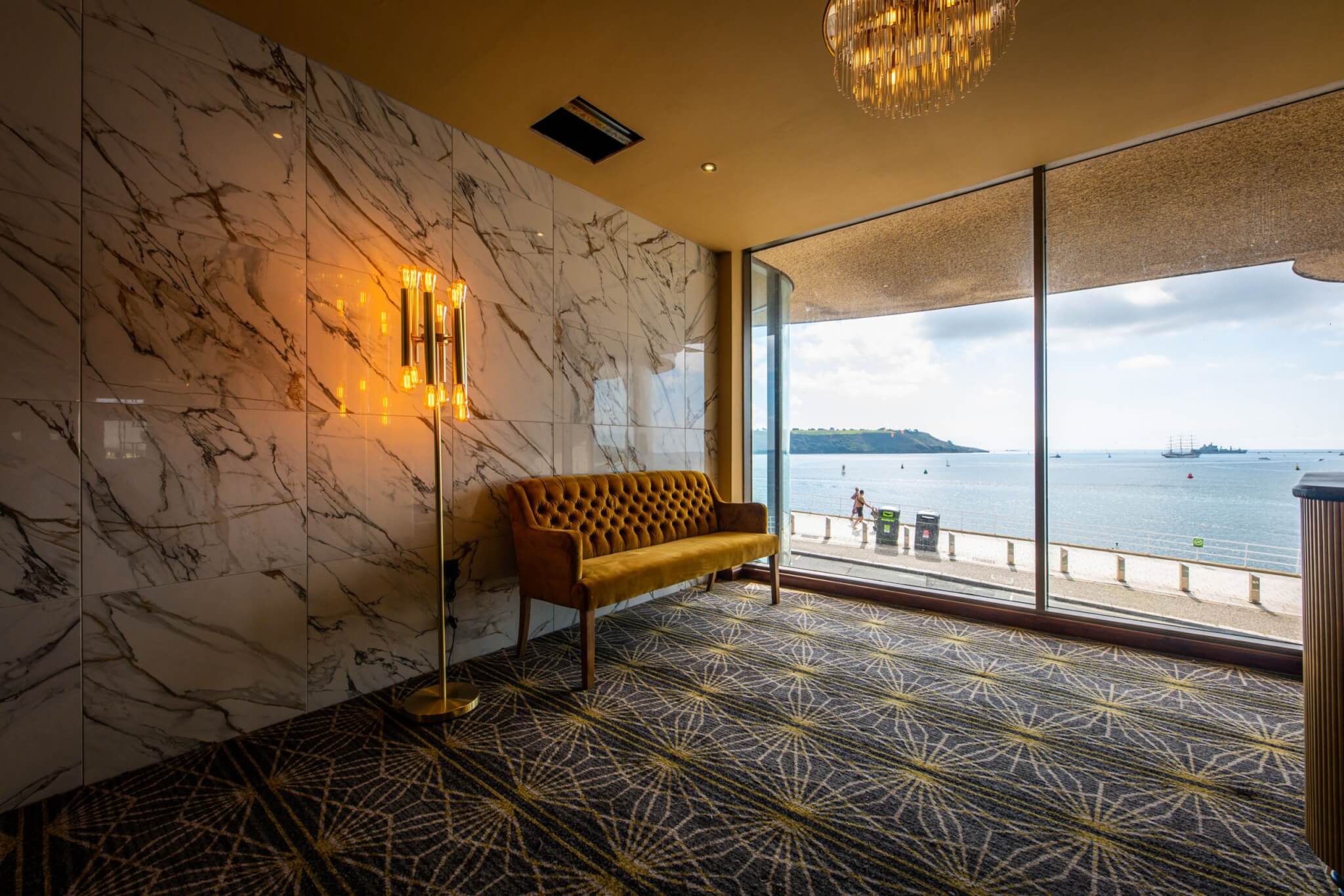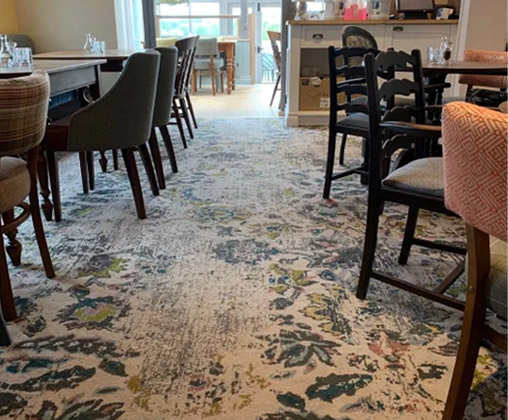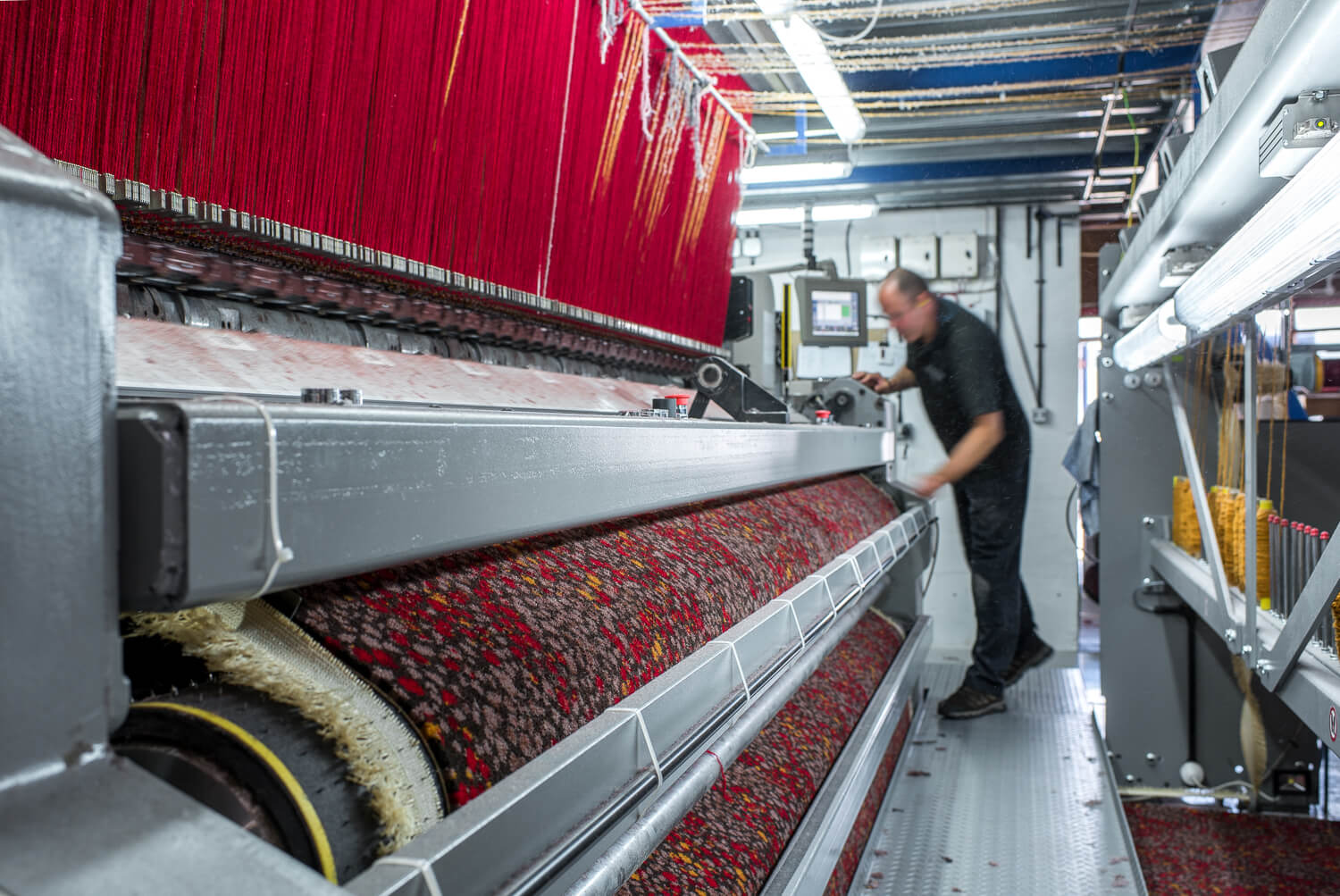
Carpet Construction Dissected: Which Is Right For Your Hotel?
- News
How a carpet is constructed dictates performance and appearance, so understanding the difference is important in correct specification within hospitality and leisure locations. Choose the wrong carpet construction for the job at hand and it could cost you money, either through premature wear or over-specification. As always, knowledge is power, so we’ve put together the below guide to help you through the fog.
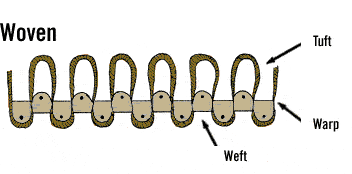
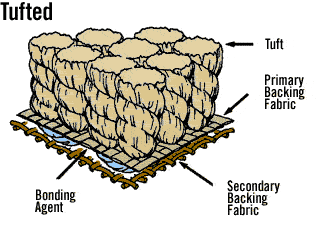
Carpet Constructions
Following the introduction of tufted carpets to the UK in the 1950s, there have been two principal types available, although there are derivatives of both. While tufted and woven carpets may share a similar appearance at first glance, their manufacture is quite different and so too are performance and design capability. Therefore, knowing exactly what the differences are is not just carpet geekery, it’s essential information for anyone involved in specifying carpet.
Let’s start with the most traditional way to make carpet; weaving. To make a woven carpet, a loom interlaces face yarns (generally a blend of wool) and jute or synthetic backing yarns to create the carpet. Once the carpet is removed from the loom, a thin coating of latex is applied to the back to lock the tufts in place. There are two types of carpet weaving, Wilton and Axminster, each a variation on the weaving process.
With the axminster method, each individually coloured yarn is selected by the loom, cut and inserted as a ‘U’ shaped tuft wherever needed, often creating intricate patterns. Most of the yarn is on the surface with relatively little in the back. Wilton weaving generally involves fewer colours with the yarn running continuously, either at the surface or in the back. Whichever weaving method is used, the result is much the same; a beautiful, high-quality and dimensionally stable carpet suitable for heavy-wear applications.
Tufted carpet is produced on a machine that can be likened to a giant sewing machine, but with more than 1200 needles rather than just one, each threaded with an individual colour. The pile yarn is stitched into a pre-made primary backing and the ‘face’ loops of each tuft can be left un-cut to create loop-pile carpet, or cut to create cut-pile carpet. Patterning is achieved by shifting the needles from side to side. Next, a secondary backing is applied to this face cloth to give stability and prevent tuft loss.
Tufting is a much quicker carpet production method compared to weaving and dominates the residential carpet market sector, where limited pattern reproduction is less of a concern. However, it is also used extensively in hotel guestrooms and sometimes corridors too.
Which Carpet Construction: Should I go for woven carpet or tufted carpet?
The choice is a relatively simple one; for high-traffic areas you should opt for the wear-resistance and soil-hiding capacity of patterned woven carpet, and for low-traffic areas or where minimal patterning is deemed appropriate then you can benefit from the value of tufted carpet.
Which woven carpet construction is right for me?
While following a similar manufacturing principle, axminster and wilton weaving methods offer differing design and performance attributes that should be considered before making your selection.
Axminster carpet is best for producing more complex designs, involving up to 12 colours, and with an unlimited pattern repeat size. The density, and therefore longevity of the carpet, can be changed according to usage by varying the number of weft ‘shots’ (traditionally expressed as rows-per-inch) to provide improved wear-resistance, making it the default choice carpet for public areas in hospitality and leisure environments. Generally, the row count starts at six and rises to ten or higher, the latter reserved for the most demanding areas and when exceptional design definition is required. It is not uncommon for axminster carpet to be used throughout high-end hotels, altering the number of rows to provide tailored wear performance in different areas; so a seven-row in bedrooms and a nine-row in corridors, with reception areas and function rooms customarily using ten-row.
By contrast, wilton carpet can be created in varying textures and so is the preferred weaving method where a loop pile (known as ‘Brussels’ weave), or cut-and-loop texture is preferred. Using fewer colours, and with restrictions on pattern repeat size, designs tend to be simple or even plain. Like axminster weaving, the quality of a wilton carpet can be adjusted by altering the number of rows, a high number indicating better wear-resistance.
Woven carpet and tufted carpet from a hospitality specialist
At Wilton Carpets, we design and manufacture both woven and tufted carpet in the UK for the hospitality and leisure sectors. This ensures that we can provide hotels and leisure venues with a carpet that is right for the task at hand, whether a tufted for a bedroom or a heavyweight woven axminster for a ballroom.
Through bespoke, semi-custom and stock carpet options, we can deliver a specification that meets a design brief and performance expectation within budget. Our sales and design teams are experienced in working with all sizes of business to ensure a first-rate carpet specification, as demonstrated by our record of projects that range from five-star, boutique and country house hotels through to public houses, theatres and conference venues.
You can download the article: Carpet Construction Dissected.
You can also view the other articles in this series:

